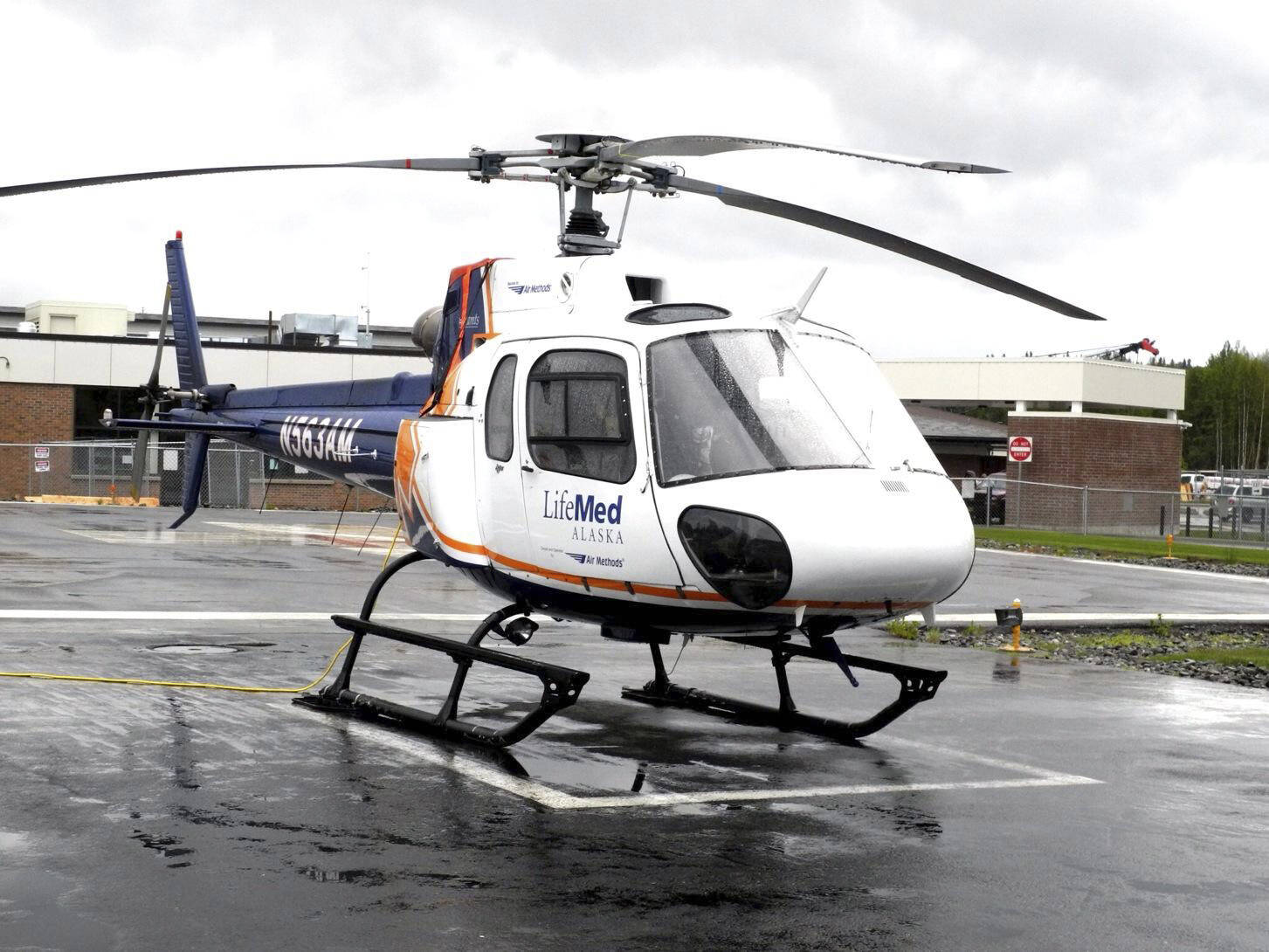Every new Alaskan has a bucket list of things they want to check while living here (hopefully, a long time). One subset would be “modes of transporation.” We’re not just talking planes, trains and automobiles, but kayaks, canoes, bicycles, skis, snowshoes, dog teams, sailboats, water taxis, fishing boats, ferries, floatplanes, Bush planes and helicopters.
Whew. I can check off all of them.
Watercraft alone would be an essay in itself. I’ll briefly mention that I’ve taken the Alaska Marine Highway, canoed on Big Lake, kayaked to Gull Island, canoed on a quiet summer evening among loons and beavers on Never Never Lake, traveled on a fishing tender to help recover a gray whale skeleton, taken a landing craft to recover a sperm whale skeleton, taken dozens of water taxis, sailed in a Seward Yacht Club race, and endured a white-knuckle trip in rough seas through the Chugach Passage.
And, yes, I’ve taken lots of trips over snow: up and down mountains, along wonderful ski trails, and have run a dog team on the Iditarod Trail (about 5 miles and by accident when I got lost).
But when it comes to traveling around Alaska, I’ve had the most fun and adventure flying.
In my first summer in Alaska, I got a job working on an archaeological dig on the Turner River in the Arctic National Wildlife Refuge. That expedition of a crew of seven and all our gear involved flights on ever smaller and slower aircraft.
From Anchorage to Fairbanks, we took a jet. In Fairbanks flying to Kaktovik, we transferred to a DC-3 with an airline everyone called “Scare North.” They pulled out the seats on the right and strapped in our supplies there.
In Kaktovik we had a two-day layover while the weather cleared because that happens a lot in the Arctic, and our crew stayed in the old refuge headquarters. From Kaktovik we flew with Audi Air in a four-seater Cessna 206 to a rough landing strip on the Kongakut River called Caribou Pass. There we loaded one-by-one in the back seat of a Cessna Supercub, and the flight got really interesting.
The archaeological site, Lorenz’s Overlook, covered a broad terrace overlooking the Turner River. If you’ve ever been to the coastal Arctic plain, you know that what’s not hills looks like one big par-10,000 golf course, only instead of fairways you have tussocks, miles and miles of tussocks.
You can’t land a plane on tussocks. Our pilot, Walt Audi, picked the closest hill to the site, what we called “Walt’s Knoll,” and he took us there in short hops. Landing on Walt’s Knoll was a bit like landing on an aircraft carrier, I think, except that the knoll didn’t move.
One time my friend Greg and I flew out of Utqiagvik to work on an archaeological dig on Peard Bay. There we landed on a beach — a nice, flat, broad beach.
To make sure he had a safe landing, first the pilot did a low pass to check for obstructions. Then he set his wheels down gently to check that the sand would be firm enough. He made another low pass to look at his tracks to make sure they hadn’t filled with water. Finally, he landed.
Greg got air sick easily, and while I think he might have held out for the first flyover, by the time we coasted to a stop he was done for.
I’ve had the most fun — and not fun — flying in helicopters. On another archaeological dig with Greg, we worked at a site near Point Lay, a proposed coal mining prospect. My brother-in-law Charlie worked out of the same camp doing geological exploration.
One day Charlie invited me along on a helicopter ride — my first helo flight ever. I didn’t know quite what to expect, so when the helicopter took off almost straight up, yes, my stomach took a few seconds to catch up, and I thought, “This is cool as heck.”
Years later, I took another helicopter tour courtesy of the U.S. Department of Agriculture, where I got invited along as a reporter with an assistant secretary to tour sites around Kachemak Bay. I had to suit up in fire-resistant coveralls. We checked out snow measuring stations at the base of glaciers and cattle grazing leases in the Fox River. Often this job can be tedious and tough, but junkets like that more than make up for those long hours staring at a computer screen.
Not all helo trips can be fun, as I found out nine years ago when I had a little cardiac event on Memorial Day. After passing out two times for some weird reason, I went to the emergency room at South Peninsula Hospital. I got wired up to an EKG machine, and after I passed out one more time and, uh, flatlined, when I came to Dr. Hal Smith said to me, “Michael, you just got yourself a helicopter ride.”
You know how you sometimes hear the helicopters take off from the roof of the hospital and fly off to Anchorage, thinking, “Oh boy, I hope that person is OK?” I was one of those patients.
In a medevac helicopter, you fly with a pilot, a flight nurse and a medic, usually on your back. We had one of those bluebird spring days, but all I could see was blue sky and the occasional mountain top as the helo flipped.
That trip I didn’t get for free — $1,000 a minute for 38 minutes, a hefty bill that fortunately my insurance covered. I had been in atrial fibrillation, and when I landed, I flipped back into normal rhythm. Also, I didn’t die. As a souvenir for that trip, I got a new pacemaker.
Planes, trains, automobiles and helicopters. Live here long enough and you’ll fill all the squares in your bucket list bingo card. Here’s hoping it doesn’t involve any medevacs.



